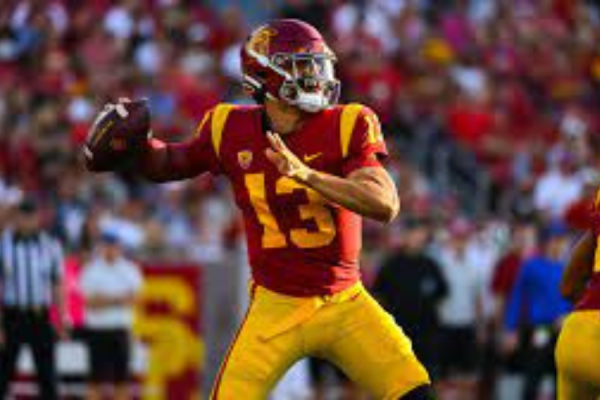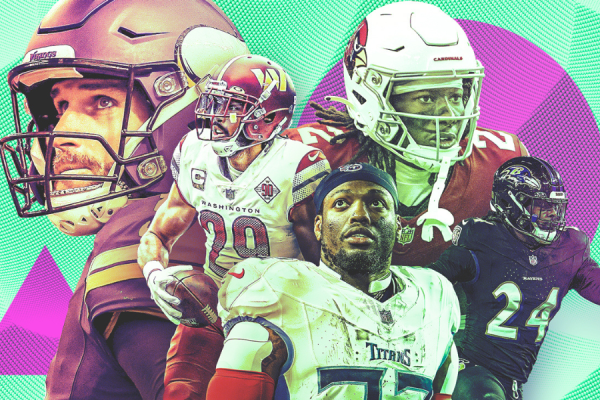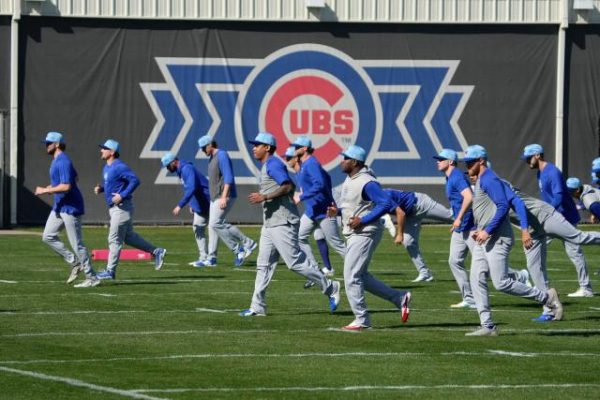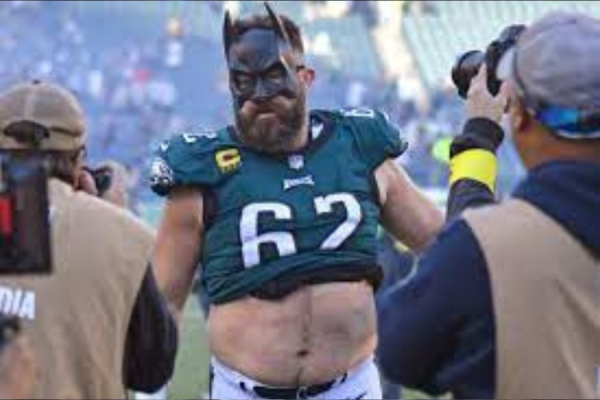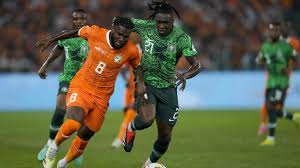Tua Tagovailoa’s Series of Injuries
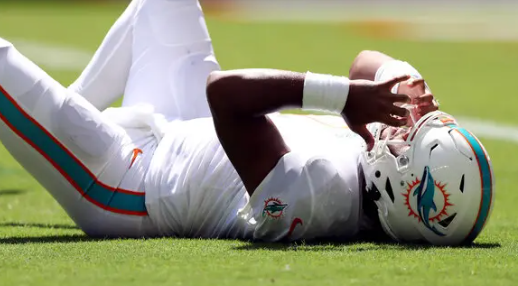
October 14, 2022
Tua Tagovailoa, a Miami Dolphins quarterback recently suffered two injuries between Sept. 25 and Sept. 29. These injuries have caused uproar within the National Football League community as fans and players question whether or not these incidents were resolved with Tagovailoa’s well-being in mind.
However, does being a fantastic player come with unseen complications? Do officials of NFL teams tend to overlook players’ safety when faced with potential losses? These are questions that NFL fans all around the country are asking themselves after Tagovailoa’s injuries
During a game against the Buffalo Bills on Sept. 25, with 2:28 before the end of the second quarter, Tagovailoa is seen being pushed by Bills linebacker Matt Milano. Tagovailoa hits his head against the ground, wobbles, stumbles, and shakes his head multiple times. Tua can also be seen assuming the “fencing posture” which is when a player holds their hand toward their facemask. Per concussion protocol, this indicates that a player should no longer play.
Despite this, he was sent back into the game during the second half. After the fact, the NFL Players Association called for an investigation. Tagovailoa and Coach Mike McDaniel claimed that a back injury had caused him to stumble during the game, but it is important to note that he never reached for his back after the injuries.
Even more concerning, only four days later on Sept. 29, Tagovailoa played in the Dolphins game against the Bengals. Late in the second half, he was tackled by 340-pound defensive tackle, Josh Tupou. Inevitably, Tagovailoa suffered his most severe head injury yet. He was down for seven minutes. Most notably, within the footage from the game, Tagovailoa can be seen with stiff fingers, seemingly with no control over his motor functions. It is truly a chilling sight.
Dr. Ann McKee, a Boston University neurologist, told NBC News “It was very concerning that when he went to the ground, hit his head, a severe blow to the back of the head …” She continued by saying, “That to me is an indicator of a serious blow to the head, head or neck and some brain stem injury.”
All of this discussion and commotion has caused the NFL to change their concussion procedures. Both the NFL and the NFL Players Association agreed, “The outcome in this case is not what was intended when the Protocols were drafted.” The new protocols say that any player who experiences ataxia or “lack of coordination caused by poor muscle control” by People’s definition.
It’s easy to think of football players as inhumane or celebrities, but being a professional athlete comes with many risks. Long term consequences of concussions include headaches, dizziness, fatigue, irritability, anxiety, insomnia, loss of concentration and memory, ringing in the ears, blurry vision, noise and light sensitivity and decreases in taste and smell according to Mayo Clinic. According to Psychology Today, “athletes who have sustained three or more concussions are more likely to have long-term cognitive impairment and emotional struggles.”




